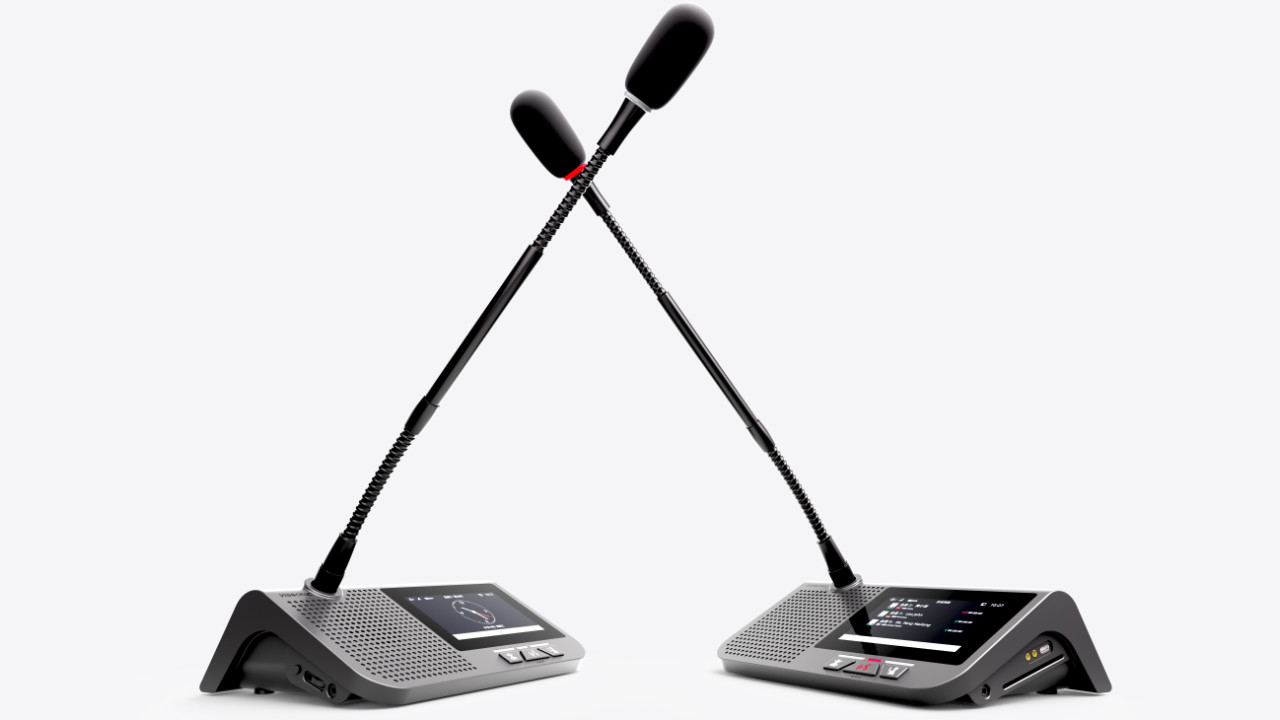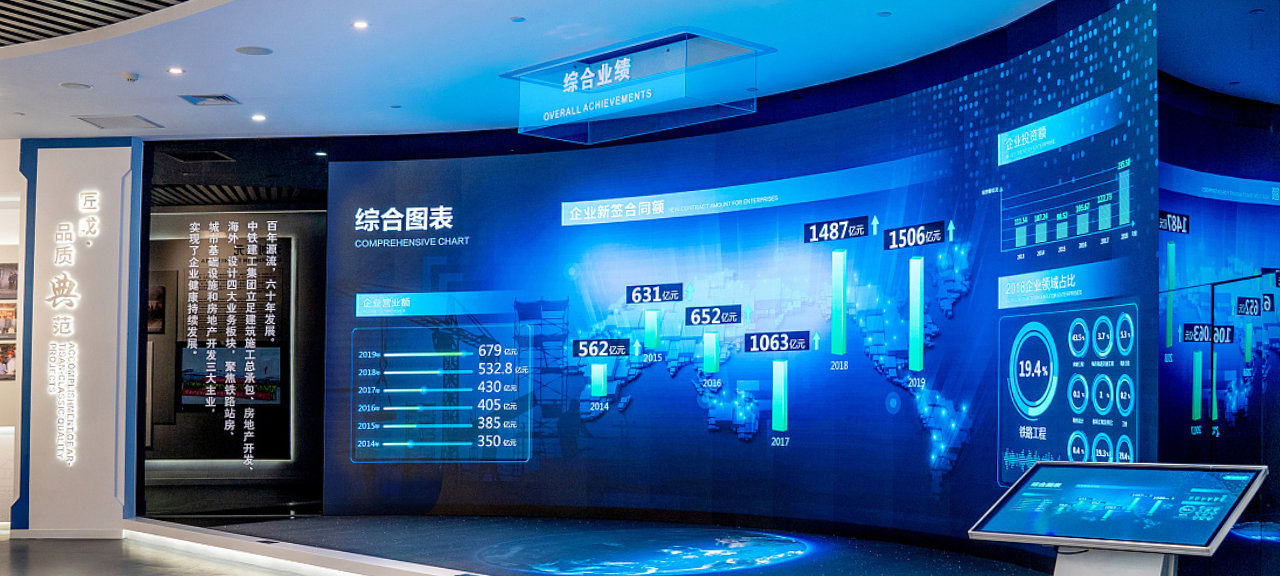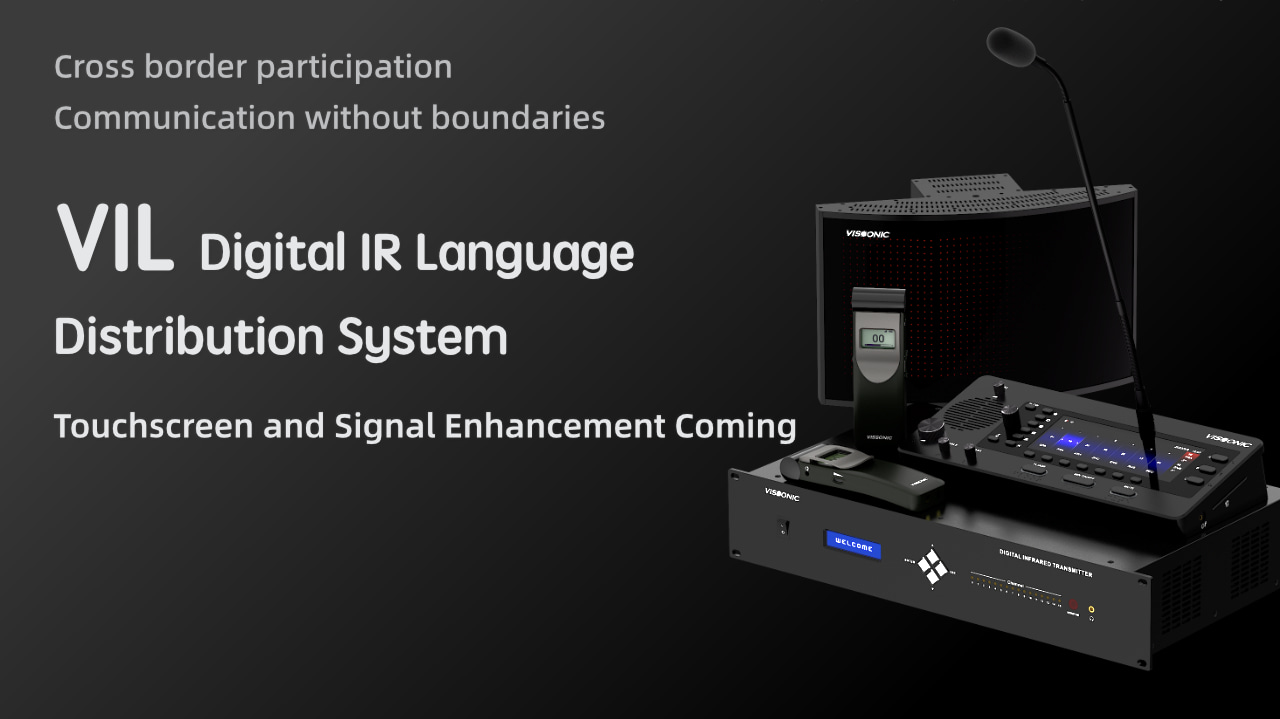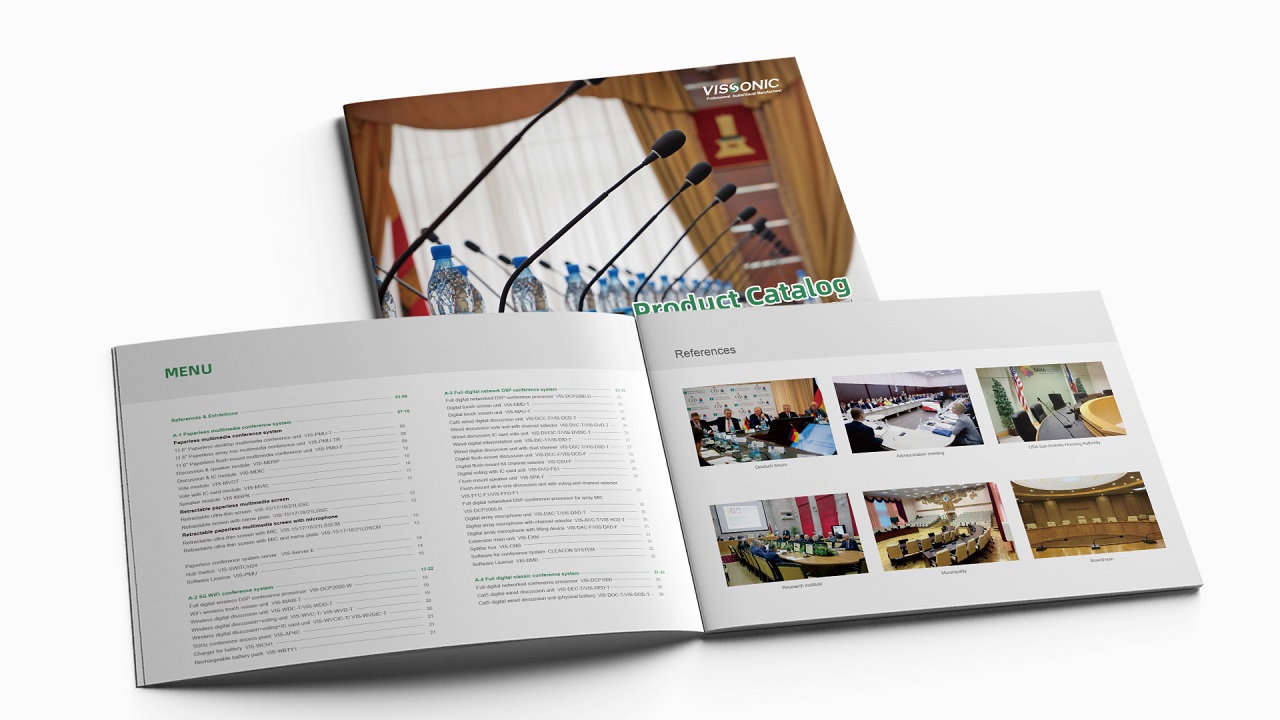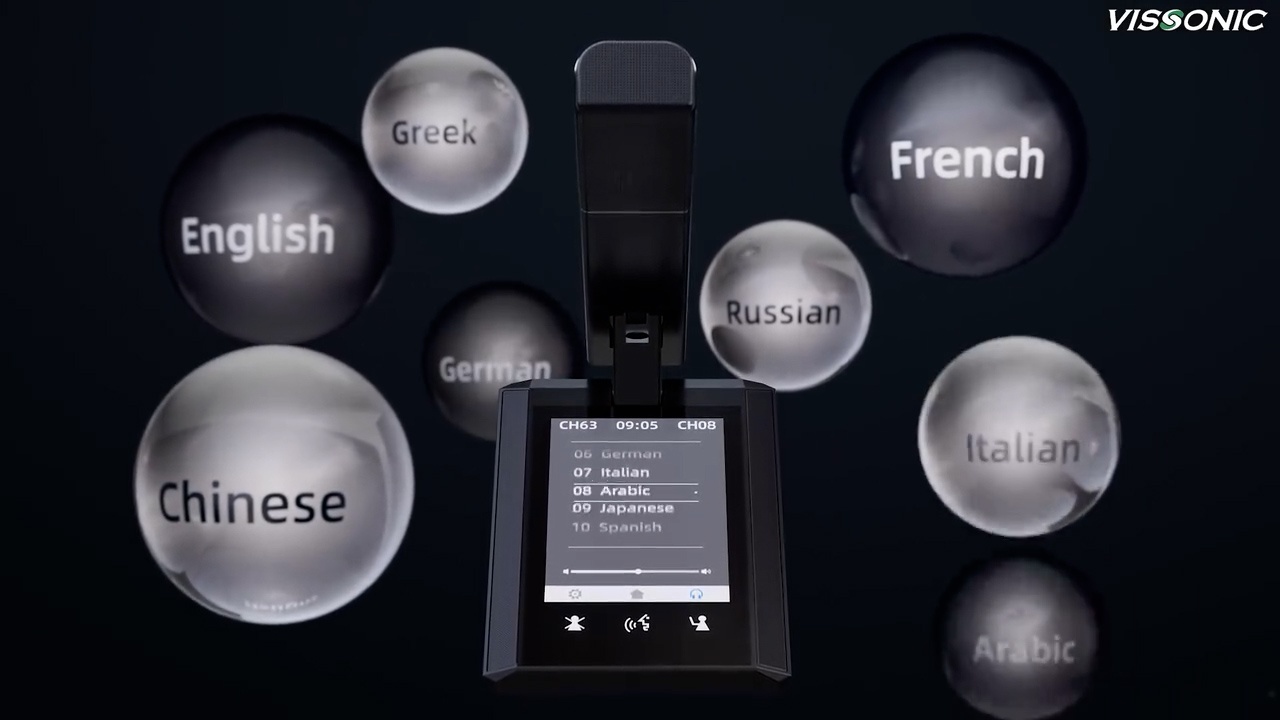How Much Do You Know About Wireless Conference System?
A wireless conference system is a type of audio equipment used to facilitate meetings, conferences, and other events that require clear and effective communication between participants. It typically consists of a set of wireless microphones, a central control unit, and speakers.
Wireless conference systems offer many advantages over traditional wired systems. One of the main benefits is mobility, as participants can move around freely without being tethered to a desk or table. This makes it easier for people to participate in group discussions, presentations, and debates. The elimination of cords and cables also makes the setup process much simpler, as there is no need to worry about tangled wires or tripping hazards.
Another advantage of wireless conference systems is the ability to support a larger number of participants. With a traditional wired system, each participant would need to be seated at a table with a microphone, limiting the number of people who can participate in a discussion. With a wireless system, however, each participant can have their own wireless microphone, allowing for greater participation and more engaging discussions.
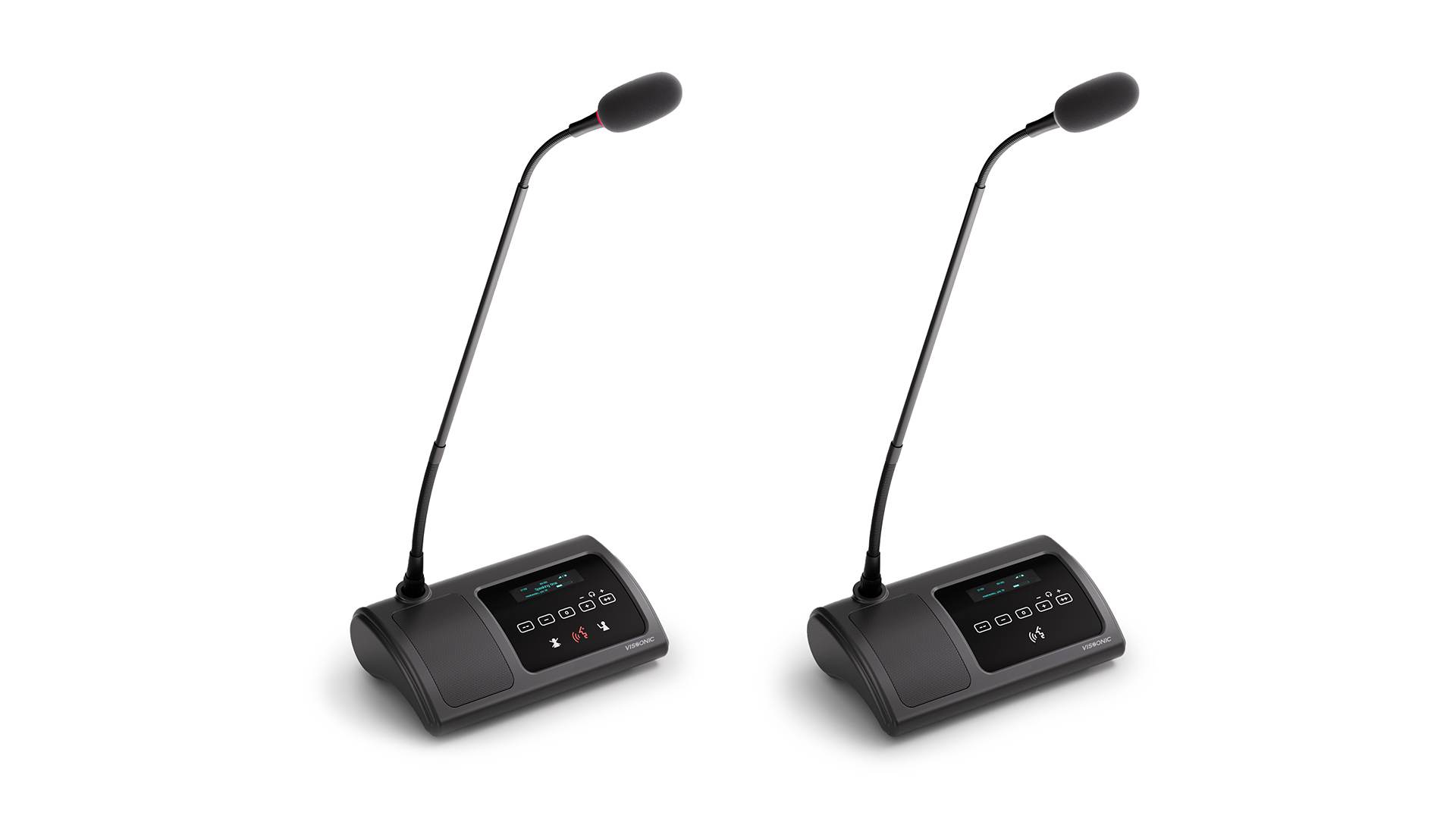
Wireless conference systems also offer greater flexibility in terms of room layout. With a traditional wired system, the location of tables and chairs must be carefully planned to ensure that everyone is able to reach the microphones and speakers. With a wireless system, participants can sit anywhere in the room, making it easier to arrange the room to suit the needs of the event.
The central control unit of a wireless conference system is typically used to manage the audio signal and distribute it to the speakers. This unit may also have features such as audio mixing, volume control, and mute functions, allowing the moderator to control the audio environment. Some wireless conference systems also have the ability to connect to external devices, such as laptops or smartphones, for presentations or audio playback.
Wireless conference systems use radio frequency (RF) technology to transmit audio signals between the microphones and the central control unit. There are a variety of different RF technologies used in wireless conference systems, including infrared (IR), spread spectrum, and frequency-hopping spread spectrum (FHSS). Each of these technologies has its own advantages and disadvantages, and the choice of technology will depend on the specific needs and requirements of the event.
When choosing a wireless conference system, it is important to consider factors such as the size of the room, the number of participants, and the type of event. Other important considerations include audio quality, battery life, range, and ease of use.
In conclusion, a wireless conference system is a valuable tool for facilitating effective communication and engagement during meetings, conferences, and other events. With its mobility, flexibility, and support for a large number of participants, a wireless conference system can help to create a more productive and dynamic environment, allowing everyone to participate and be heard.
If you have any questions or need technical support, you can submit a message on the website or contact the online customer service at the bottom right. We will reply you as soon as possible!

